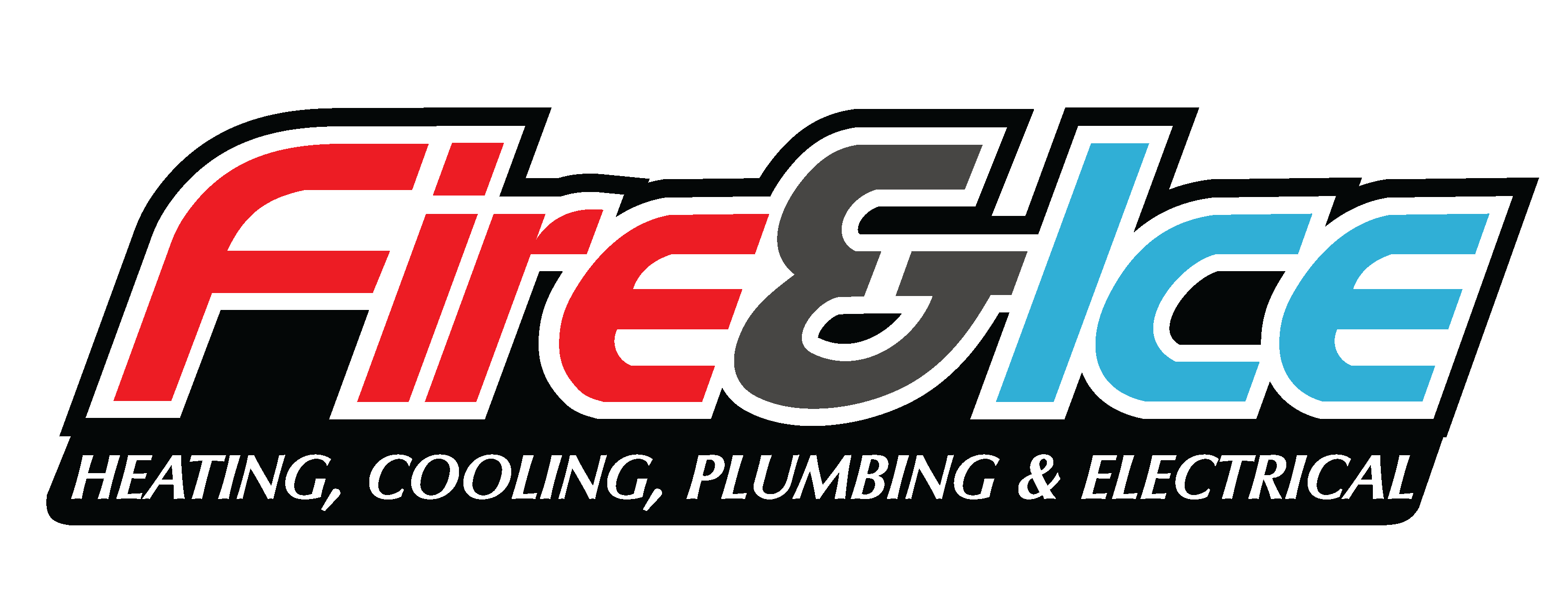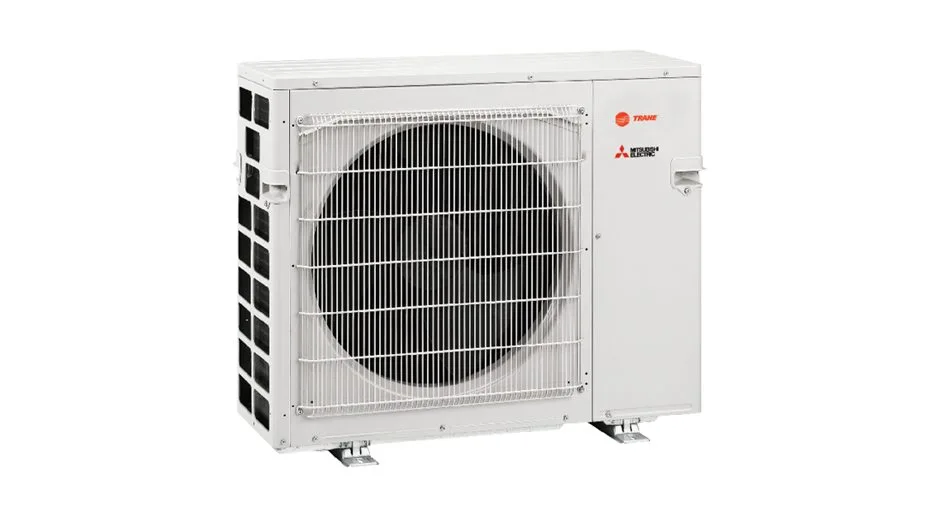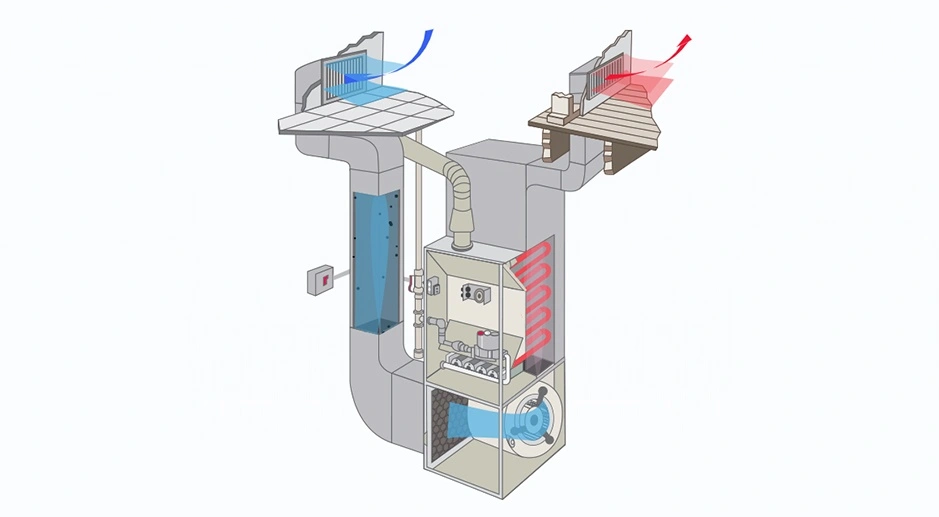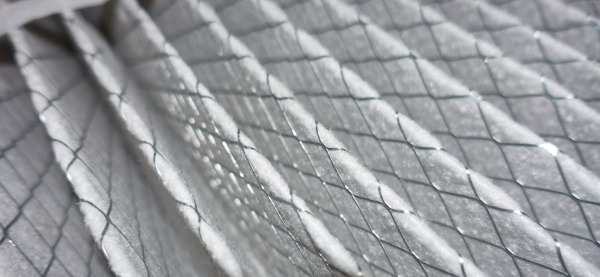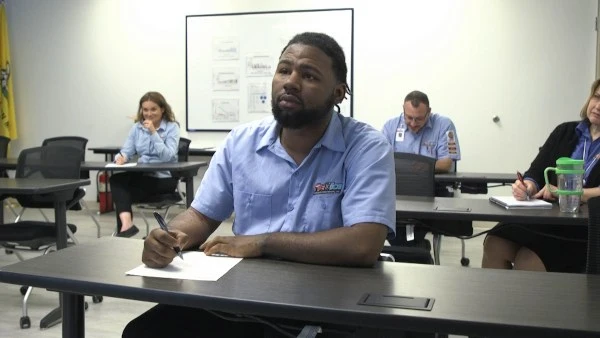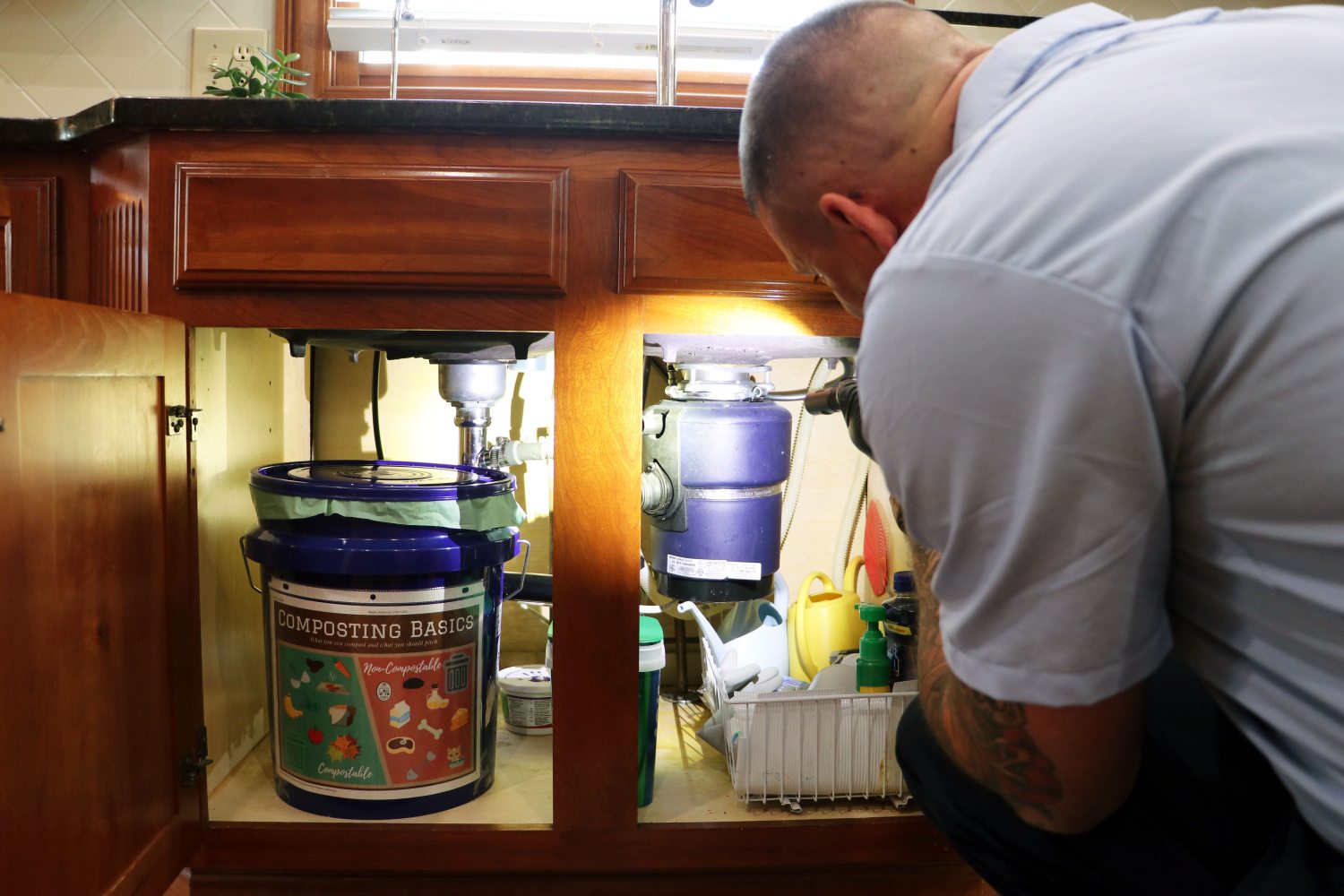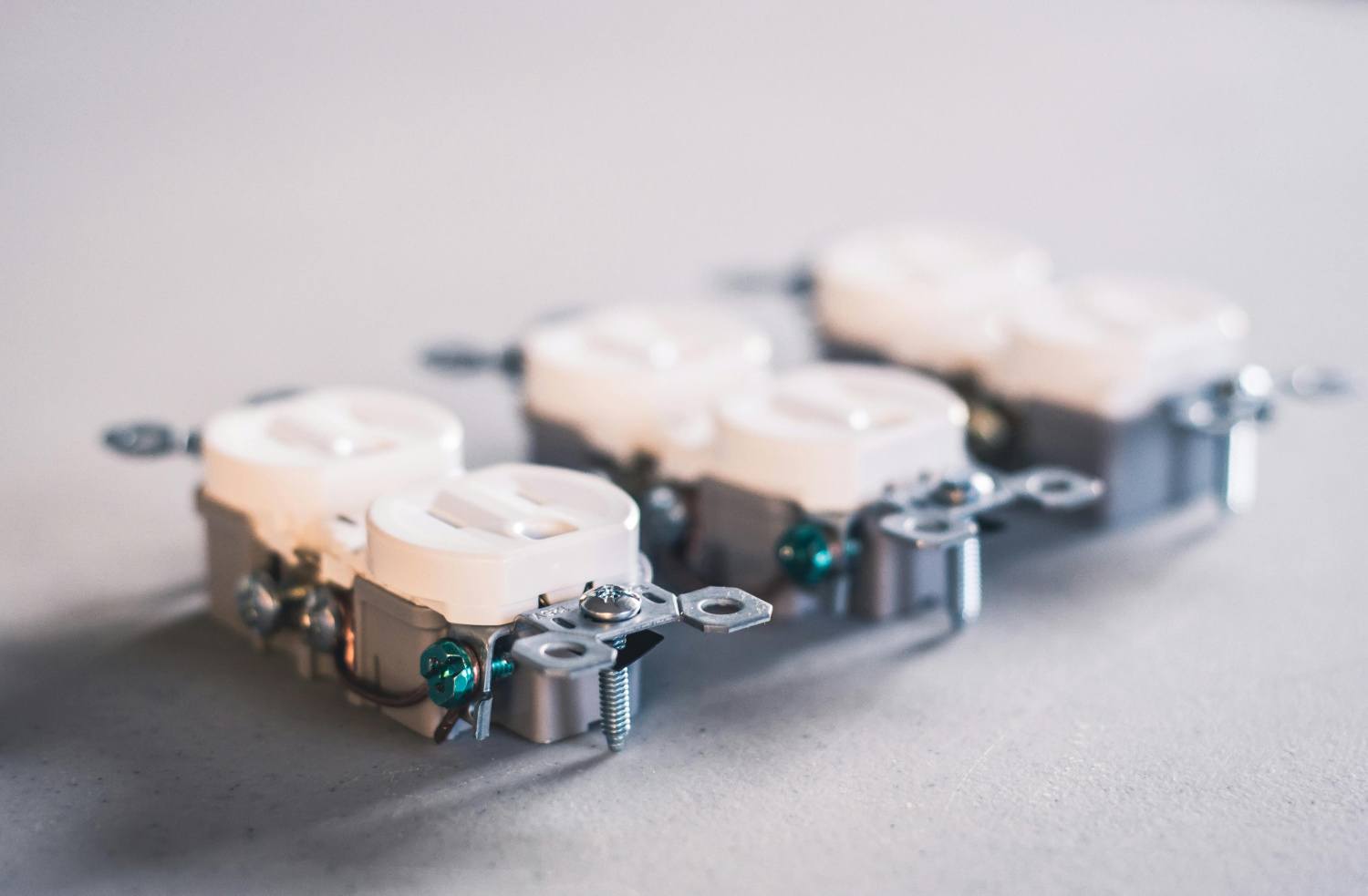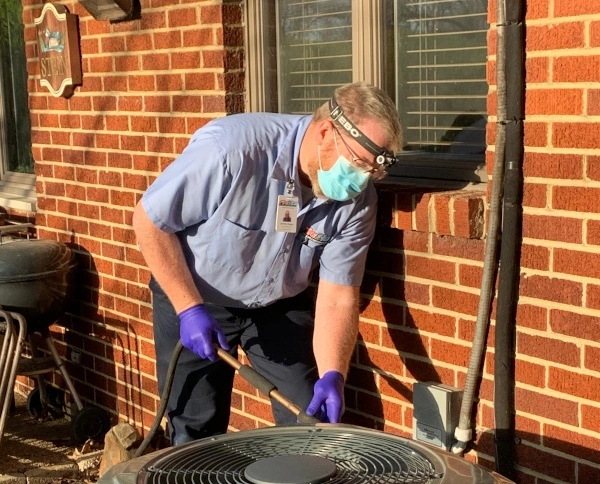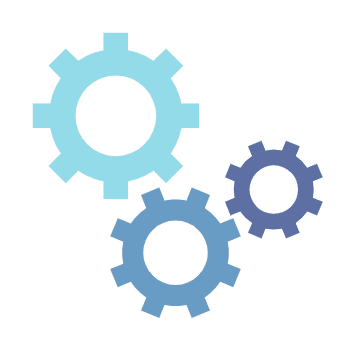


Author:
Revised:
August 22nd, 2025
Are you wondering when your brand-new HVAC system needs its first maintenance visit?
Do you know how early upkeep can actually protect your investment and extend your system's lifespan?
By the end of this article, you'll know exactly when to schedule maintenance on your new HVAC system, why early care matters, and how regular maintenance protects both your comfort and your wallet. We'll walk through timelines, risks of delaying, and real-world examples based on 30+ years in the field.
Do Brand-New HVAC Systems Really Need Immediate Maintenance?
Most homeowners assume their new furnace, air conditioner, or heat pump won't need any attention for a few years. After all, it's brand-new, right? Technically, that's partially true. A properly installed system may run without issues for a couple years. But "running" isn't the same as "running at peak efficiency." And that's where maintenance matters.
You likely chose a new high-efficiency system to reduce your gas, electric, or total energy costs. Modern HVAC units are built to squeeze every bit of efficiency out of your energy dollars. But even small issues—minor voltage shifts, refrigerant pressure drifts, or component wear—can quickly chip away at that promised efficiency if left unchecked.
Why Maintenance Starts Earlier Than You Think
One of the biggest goals with HVAC maintenance is simple: keep the system operating at peak efficiency as long as possible. Over time, wear and tear will naturally reduce efficiency. But consistent early maintenance can slow that decline dramatically.
If your installation included a full commissioning process (which fewer than 3% of contractors actually perform), you’re starting from a solid baseline. Commissioning aligns all the fine-tuned settings your system needs to function perfectly out of the gate. However, gas pressures, voltage levels, refrigerant balance, and sensor calibration can slowly drift over time, especially due to utility fluctuations here in Central Ohio.
That’s why we recommend scheduling your first full maintenance visit one year after installation. That visit allows a certified technician to:
- Recheck pressures and voltages
- Verify refrigerant charge
- Clean internal components
- Recalibrate sensors and controls
- Catch small issues before they snowball
Skipping early maintenance risks allowing your "perfectly aligned" system to slowly fall out of tune.
Modern Systems Require More Care Than Older Units
Many homeowners compare their new systems to older equipment: "My old furnace lasted 30 years and never needed this much attention." They're not wrong. Older systems were simpler, with fewer components and less technology.
Today's high-efficiency HVAC units are loaded with sensors, modulating valves, variable-speed motors, communicating controls, and advanced diagnostics. All of these improvements deliver superior comfort and lower utility bills—but they also mean more things that need periodic inspection and fine-tuning.
Simply put: the trade-off for better comfort is more maintenance. And if you want to protect your investment for 15-20 years (which is very achievable), you need a maintenance plan that respects the complexity of modern equipment.
Why We Recommend Twice-Yearly Maintenance in Central Ohio
In Central Ohio, our climate throws everything at your HVAC system: freezing winters, humid summers, and huge daily temperature swings. It's not unusual here to need heat in the morning and air conditioning by late afternoon.
Because of these extremes, we strongly recommend twice-a-year professional maintenance:
- Spring: Prepare your air conditioner or heat pump for the cooling season.
- Fall: Prepare your furnace or heat pump for the heating season.
With a maintenance agreement, you’ll automatically be scheduled for both visits. Each appointment ensures your system is tuned for maximum efficiency, comfort, and longevity, no matter what our Ohio weather throws at it.
What Happens If You Skip Maintenance?
Skipping maintenance won’t necessarily cause immediate failure, but the long-term risks are real:
- Gradual efficiency loss (higher utility bills)
- Shortened equipment lifespan
- Higher risk of unexpected breakdowns
- Voided manufacturer warranties (many require documented maintenance)
A well-maintained system can last twice as long as a neglected one while costing far less to operate over its lifetime.
Bottom Line: Invest in Early and Ongoing Care
If you’ve just installed a new furnace, air conditioner, or heat pump, start your first maintenance 12 months after installation—and stay consistent after that. You’ve made a big investment; a small investment in regular maintenance pays dividends for years to come.
